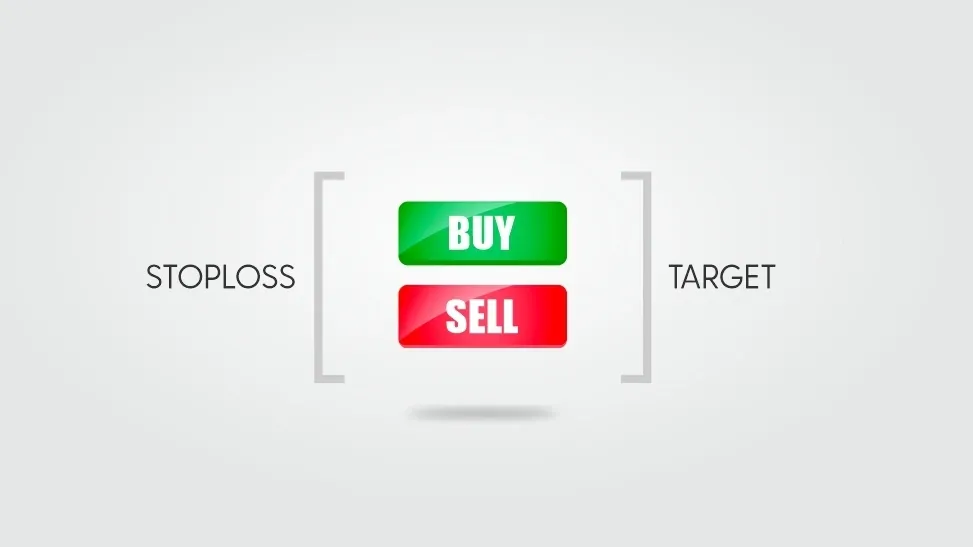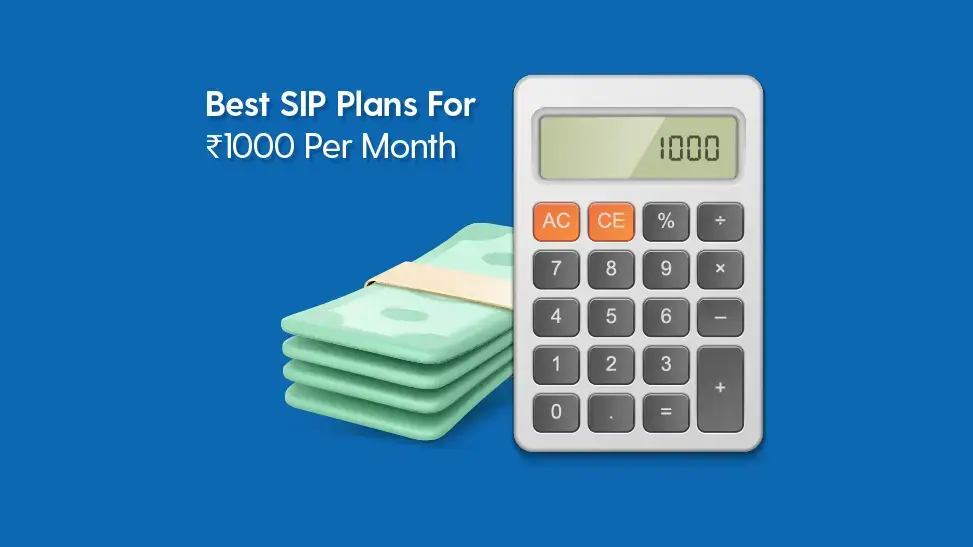Bracket Order

- Published Date: September 16, 2024
- Updated Date: June 17, 2025
- By Team Choice
In the trading and investing sector, managing risk and optimising potential returns are crucial. One type of order that traders and investors often use to achieve these goals is the bracket order. But what exactly is a bracket order, and how can it enhance your trading strategy? In this article, we’ll dive into the fundamentals of bracket orders, exploring their definition, how they work, and the advantages they offer.
Whether you’re a seasoned trader or new to the financial markets, understanding bracket orders can help you make more informed decisions and manage your trades with greater precision. Read this blog to know more about them.
What is Bracket Order?
A bracket order consists of three components: the main order, which is the initial buy or sell order to enter a position; the target order, which is the profit-taking order that automatically executes if the stock reaches a certain price; and the stop-loss order, which limits losses by executing if the stock price falls to a specified level.
These three orders work together, forming a “bracket” around the main order. If either the target or stop-loss order is triggered, the other one is automatically cancelled. This setup allows traders to manage their trades efficiently without needing to monitor the market constantly, as their profit and loss limits are already defined.
For Instance: Suppose a trader buys shares of Infosys at ₹1,400 with a target order at ₹1,500 and a stop-loss at ₹1,350. If Infosys stock price moves up to ₹1,500, the target order executes, securing profit. But if the market turns and the price drops to ₹1,350, the stop-loss order triggers, minimising the loss. This helps traders to stick to their trading plan despite unpredictable market swings.
How Does Bracket Order Work?
In India, several brokerage platforms offer bracket orders. These platforms provide user-friendly interfaces for placing bracket orders. To place a bracket order, a trader typically starts by entering the main order, a buy or sell order for a specific security. Alongside this, the trader sets a target order (the profit-taking limit) and a stop-loss order (the loss-limiting threshold).
For example, in a trading platform, a trader can select the ‘BO’ (Bracket Order) option, specify the main order price, and then define the target and stop-loss prices. These platforms can also allow traders to modify their target and stop-loss prices while the main order is active, providing flexibility in market conditions.
Bracket orders in India can be used for trading various types of securities, including equities (stocks), derivatives (like futures and options), and sometimes even bonds. They are particularly popular in equity trading, where market fluctuations can lead to quick gains or losses. For derivatives, bracket orders are often used to manage the high risk associated with futures and options trading.
While bracket orders are less common due to the typically lower volatility of bond prices, they can still be used by traders who wish to set automated profit and loss limits. Traders should check with their specific brokerage platforms to confirm which securities are eligible for bracket orders.
Order Execution Process
Here are the steps to place a bracket order:
- Rising Price: When you place a Bracket Order, you set a target price where you want to sell for a profit if the price rises. For example, if you buy a stock at ₹100 and set a target at ₹120, the order will automatically sell the stock at ₹120 if the price increases.
- Falling Price: You also set a stop-loss price to limit losses if the price falls. For instance, if you set a stop-loss at ₹90, the stock will be sold automatically if the price drops to ₹90.
- Stop-Loss Trigger: If the price falls to your stop-loss level, the stop-loss order is triggered, and your stock is sold to prevent further losses.
- Stop-Loss Trigger after a Price Rise: If the price rises and then starts to fall, the stop-loss order will only trigger if the price falls to your set stop-loss level. This helps protect gains if the stock price initially increases but then drops.
This automation ensures that the trader’s position is managed according to predefined limits, reducing the need for constant market monitoring and helping to manage emotional trading decisions.
What are the Benefits of Bracket Order?
Below are some of the key benefits of bracket order:
1. Risk Management
Bracket Orders help manage risk by setting predetermined levels for profit and loss. This means you can protect yourself from significant losses and secure profits without constantly monitoring the market.
For example, if you buy a stock at ₹100 with a stop-loss at ₹90 and a target at ₹120, the stock will automatically sell if it falls to ₹90 or rises to ₹120, limiting your losses and locking in gains.
2. Emotional Control
Using Bracket Orders can reduce the emotional stress of trading by removing the need for constant decision-making. With predefined entry, target, and stop-loss levels, you avoid making impulsive trades based on market fluctuations.
For instance, if you’re concerned about a stock’s volatility, setting up a Bracket Order can help you stick to your plan without second-guessing your decisions.
3. Time-Saving
Bracket Orders save time by automating the execution of trades according to your preset conditions. Once set, these orders manage your trades without requiring your constant attention.
For example, if you place a Bracket Order before leaving for work, the system will handle buying, taking profits, or limiting losses as specified, allowing you to focus on other activities.
4. Flexibility
These orders offer flexibility by allowing you to adjust your target and stop-loss levels as market conditions change. You can update your orders based on new information or market trends, which helps you adapt your strategy without manually placing and adjusting multiple orders.
For example, if a stock’s price starts moving differently than expected, you can easily adjust your Bracket Order to reflect the new market outlook.
5. Potential for Better Returns
Bracket Orders can potentially enhance returns by establishing precise profit-taking levels and limiting losses. By defining clear exit points, you increase your chances of maximising gains while minimising losses. This systematic approach ensures that both profit and loss thresholds are predetermined, improving trade execution and overall risk management.
For instance, if a stock you bought at ₹100 rises to ₹110, but you’ve set a target at ₹120, the Bracket Order ensures you stay invested to capture further gains while also protecting you if the price starts to fall.
How are Bracket Order and Cover Order Different?
Bracket Order and Cover Order are both risk management tools designed to help traders protect their investments and manage their trades more effectively. Here’s a comparison of the two:
Parameter | Bracket Order | Cover Order |
Number of Legs | Includes three legs: an entry order, a stop-loss order, and a take-profit order. | Includes two legs: an entry order and a mandatory stop-loss order. |
Stop-Loss | Stop-loss is set to limit potential losses and can be adjusted as needed. | Stop-loss is mandatory and set as part of the order; adjustments require placing a new order. |
Take-Profit Order | Has a take-profit order to automatically sell when a profit target is reached. | Does not include a take-profit order; only the stop-loss is managed. |
Flexibility in Modifying Orders | Allows for adjustments to stop-loss and take-profit levels as market conditions change. | Limited flexibility; stop-loss can be adjusted only by placing a new order. |
Risk Management Capability | Provides comprehensive risk management by setting both profit-taking and loss-limiting orders. | Focuses mainly on risk management through the stop-loss, without a built-in profit-taking mechanism. |
Typical Use Case | Ideal for traders who want to automate both profit-taking and loss-limiting while monitoring multiple positions. | Best for traders looking for a simple setup with automatic risk control, usually with a single position. |
Order Execution | Executes all three orders simultaneously; trades are managed automatically based on market movements. | Only the entry and stop-loss orders are executed; the trade may need manual monitoring for profit-taking. |
Margin Requirements | May require a higher margin as it involves multiple orders and positions | Generally, it requires a lower margin as it involves only the entry and stop-loss orders. |
Risks and Challenges Associated with Bracket Orders
While bracket orders offer many benefits, they also come with certain risks and challenges that traders should be aware of:
- Limited Flexibility: Bracket orders may lack flexibility in fast-moving markets. If the market conditions change rapidly, the predefined target and stop-loss levels might not be optimal, leading to potential missed opportunities or higher losses.
- Execution Risk: There is a risk of partial execution or delays in order execution, especially in volatile or low-liquidity markets. This can result in the stop-loss or target orders not being executed at the desired price, affecting overall trade outcomes.
- Over-Reliance on Automation: Traders might become over-reliant on the automated nature of bracket orders and neglect to monitor market conditions. This can lead to missed adjustments or failure to react to significant market changes that might require manual intervention.
- Brokerage Limitations: Not all brokerage platforms offer bracket orders, and those that do may have specific limitations or conditions attached. Traders should be aware of their broker’s policies and any restrictions that might impact the effectiveness of bracket orders.
The Key Takeaway
A bracket order helps you manage trades by automatically setting three linked orders: an entry order, a stop-loss to limit losses, and a take-profit to secure gains. This setup offers significant advantages, such as better risk management and reduced emotional stress, as it automates critical aspects of your trading strategy.
By incorporating bracket orders into your trading approach, you can streamline your trading process and maintain better control over your investments. If you want to enhance your trading efficiency and manage risks more effectively, consider adding Bracket Orders to your strategy, tailored to your specific goals and risk tolerance.
Want to know more about the stock market? If so, check out Choice blogs to get the latest information on the stock market.
FAQs
Q1. What is a Bracket Order?
A Bracket Order is a type of trade order that includes three linked orders: an entry order, a stop-loss to limit losses, and a take-profit to lock in gains. It helps automate and manage your trades more effectively.
Q2. What is the main advantage of using a Bracket Order?
The main advantage is that it helps manage both risk and reward automatically. By setting stop-loss and take-profit levels, you can protect your investment and secure profits without constantly monitoring the market.
Q3. How do I place a Bracket Order?
To place a Bracket Order, you first set your entry price, then specify your stop-loss price to limit losses, and finally set a take-profit price to lock in gains. Your trading platform will handle the rest.
Q4. What is a common misconception about Bracket Orders?
A common misconception is that Bracket Orders guarantee profits. While they help manage risk and automate trade execution, they don't ensure profits and may still result in losses if the market moves against your trade.
Q5. Are Bracket Orders suitable for all types of traders?
Bracket Orders are suitable for many traders, especially those who want automated risk management. However, they may not be ideal for traders who prefer to make real-time decisions or have highly dynamic trading strategies.
Recommended for you

FII DII Data - Live Data

10 Best SIP Plans For ₹1000 Per Month in 2025

Pharma Mutual Funds – Best Option to Invest in 2025?
Invest in best pharma mutual funds in India for 2020 with Investica. Explore our top recommended pharma mutual funds to start investing today.
